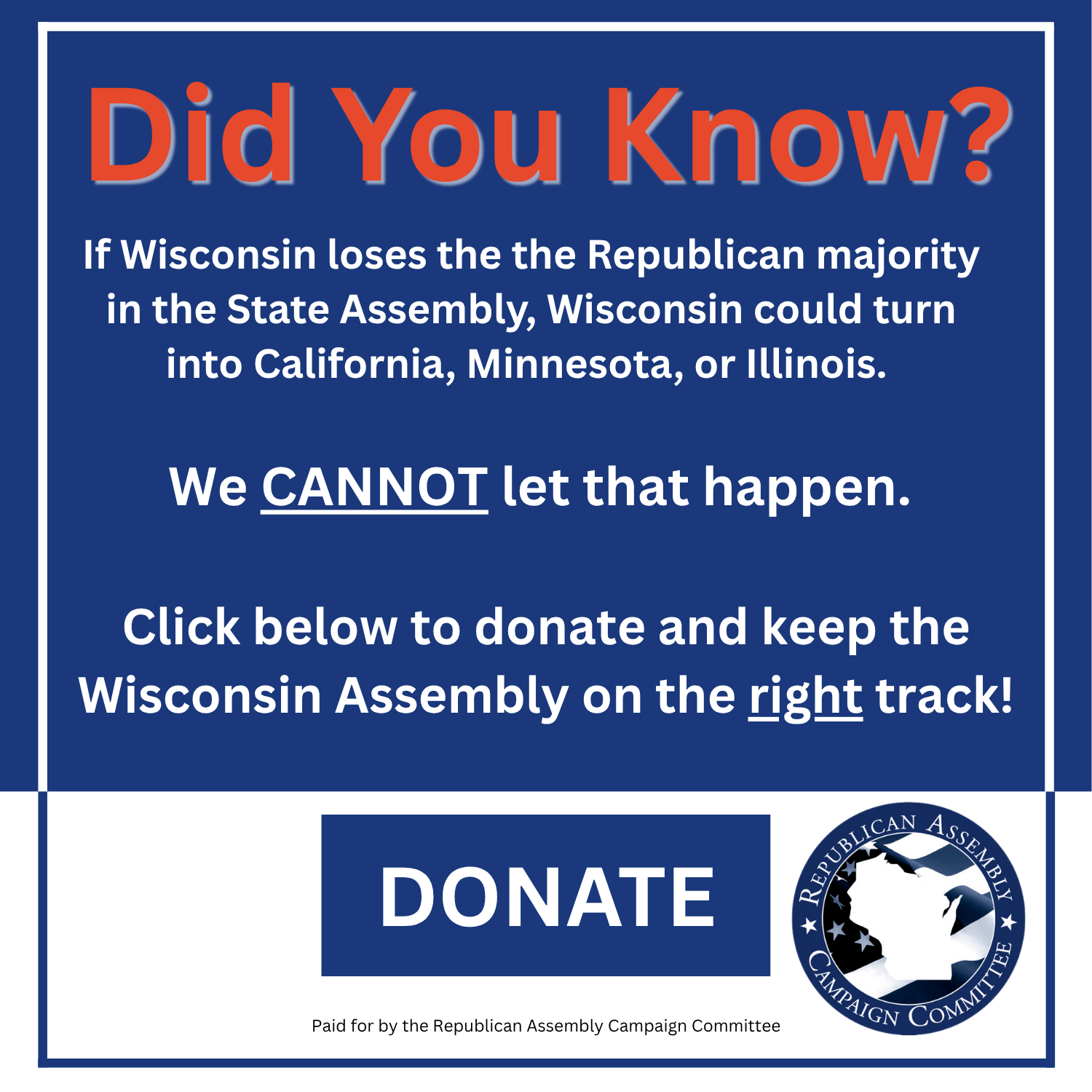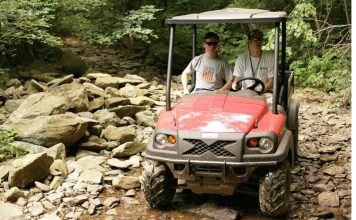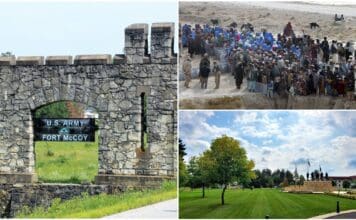As Americans gather together to celebrate Thanksgiving, Plimoth Patuxet Museums (PPM) can help shed light on the origins of one of the nation’s most widely shared traditions.
Though the Continental Congress declared the first national Thanksgiving in 1777 and presidents including Washington, Monroe, and Lincoln issued proclamations calling for a day of gratitude and rest, it wasn’t until 1941 that Congress established Thanksgiving Day as we now know it.
According to PPM’s digital resources, our modern Thanksgiving celebration is based on a blend of two traditions: the New England custom of rejoicing after a good harvest and the religious practices of the Puritans. These culminated in what most historians believe was the celebration of the first Thanksgiving in the fall of 1621 when the Pilgrims and the Wampanoag assembled for a multiday feast. The Pilgrims gave thanks for a bountiful harvest after a particularly devastating year, while ceremonies celebrating good growing seasons and harvests had always been part of the Wampanoag tradition.
PPM can transport visitors back to the time of the first Thanksgiving, giving them an idea of what life was like in the 1600s. Deputy Executive Director Richard Pickering says that PPM’s living-history, open-air museums based in and around Plymouth, Massachusetts offer an “inclusive refuge of thought and belief where varied perceptions of European and Native American history abide with mutual respect.”
According to Pickering, each of PPM’s sites “exhibits 17th-century historical technologies and daily lifeways” and features role-players in historically appropriate dress carrying out “farming, milling, house construction, games and sports, shipbuilding, hearth cooking, religion and spirituality, and heirloom horticulture.”
In its faithful recreation of Plymouth Colony (originally spelled Plimoth), PPM has created a 17th-century English village that sits along Plymouth Harbor and features period timber-framed houses and outbuildings, gardens, livestock, and a fort with mounted replica artillery.
Founded by Pilgrims whose most influential families “shared a vision for state and church bound together by civil and religious covenants,” the colony marks the 400th anniversary of its founding in 2020. This year also marks 400 years since the signing of the Mayflower Compact, a legal document that influenced the American revolutionaries’ push for independence from Great Britain.
Visitors can also stop at the Historic Patuxet Homesite, where they can experience how the Wampanoag lived, and tour the Plimoth Grist Mill, a reproduction of a mill originally built in 1636.
Another major exhibit is the recently restored Mayflower II, a full-scale reproduction of the original ship that brought the Pilgrims across the Atlantic in 66 days to New England’s shores in 1620. Originally built between 1955 and 1957 in Devon, England, the ship returned to the Plymouth waterfront in August of this year after a multiyear restoration process.
Pickering notes that famous descendants of the Mayflower include the Adams, Bush, and Roosevelt presidential families, Laura Ingalls Wilder, Clint Eastwood, Dick Van Dyke, and Marilyn Monroe. Altogether, roughly 35 million descendants are living today.
In partnership with the State Library of Massachusetts, PPM has just published a facsimile of William Bradford’s Of Plimoth Plantation (copies can be purchased here), which, according to PPM’s website, “presents the handwritten history of Plymouth Colony from William Bradford, Mayflower passenger and the Colony’s longest serving governor, in a format accessible to the general public.”
For young students, PPM offers its Plimoth online History @ Home series featuring live virtual visits with scholars and role-players, coloring pages, the Interwoven podcast series, and in-person events including a New England Harvest Feast and a Thanksgiving Day homestyle buffet.
PPM also boasts an abundance of resources for teachers and educators, including virtual exhibits, videos, podcasts, interactive activities, and guides that will help in planning virtual or in-person field trips for classrooms. Not to be missed is PPM’s recently updated interactive game “You Are the Historian: Investigating the First Thanksgiving,” which shows students how the European settlers interacted with the Wampanoag by exploring the many artifacts in the museum’s collection.
Pickering says that PPM’s future plans include creating a “network of theatrical performances, hands-on experiences in safer times, historical ebooks, web series, and podcasts” that will further visitors’ knowledge of life in 1620.
As we study the history of Thanksgiving, we should remember to give thanks for the blessings we have, even amid a most difficult year.
Mike Sabo / RealClearWire
Go to Source
Reposted with permission











![Mandela Barnes Said ‘Reducing Prison Populations is Now Sexy’ [VIDEO] Reducing Prison Populations is Now Sexy](https://www.wisconsinrightnow.com/wp-content/uploads/2022/09/Collage-Maker-14-Sep-2022-11.44-AM-356x220.jpg)







![Author Exposes the Tragic Realities of the 2020 Riots & the ‘Gaslighting of America’ [REVIEW] julio roses](https://www.wisconsinrightnow.com/wp-content/uploads/2025/11/MixCollage-21-Nov-2025-02-08-PM-8145-356x220.jpg)













